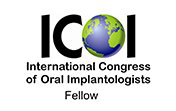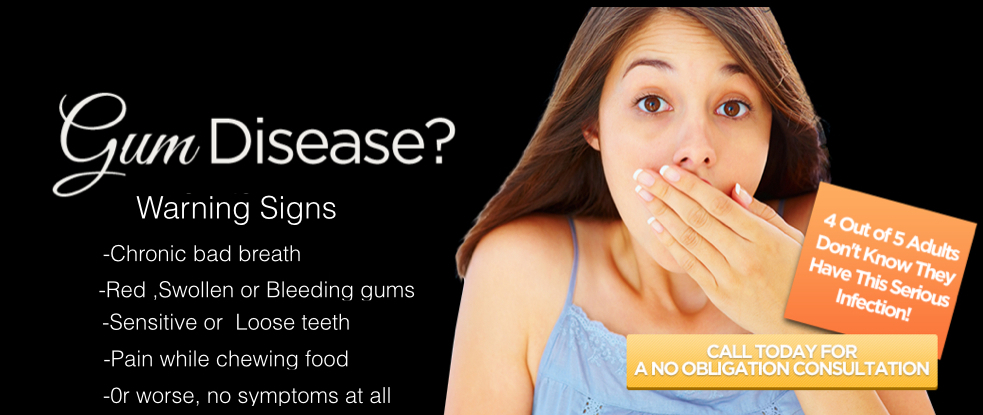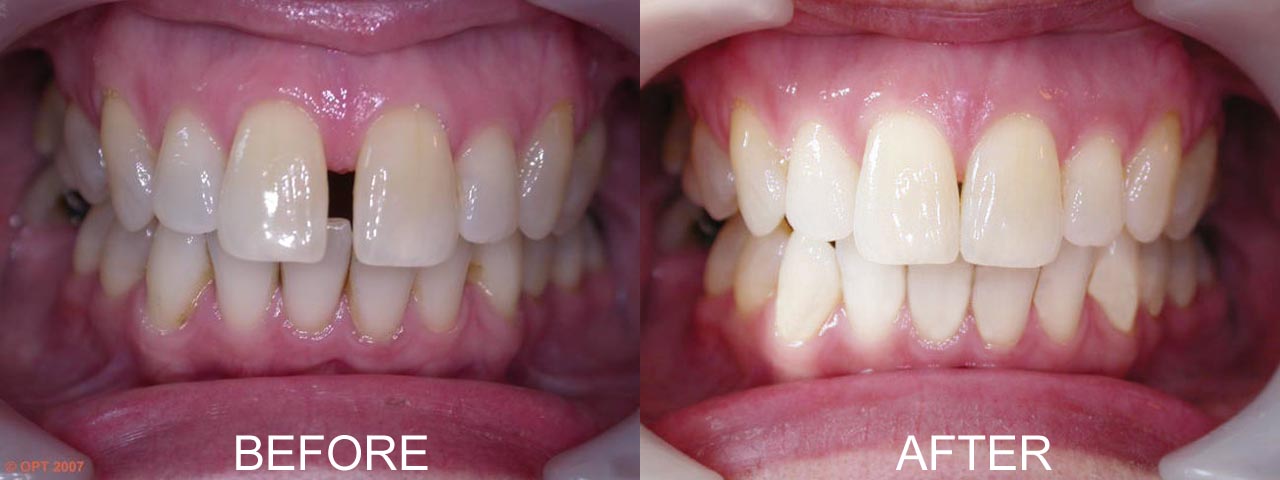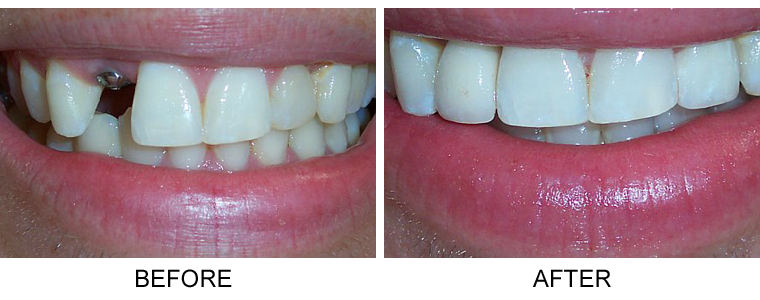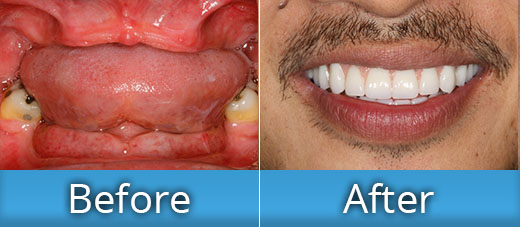Gum Disease Treatment
Periodontal Disease: {gum disease, Pyorrhea(pus in the gums)}
It a chronic disease of the gums.The initial indication starts as bleeding gums which is termed as GINGIVITIS. The main cause for disease Dental Plaque which deposits on the tooth surface poor oral hygiene(because of improper/inadequate method of brushing).If the gingivitis is neglected the inflammation spreads more deeper and causes loss of attachment and bone which is termed as Periodontitis. Periodontal disease is second most common chronic disease in the world after common cold. If the disease is not diagnosed /left untreated ultimately leads to tooth loss. Hence early diagnosis and prompt treatment is the best way of managing this “silent killer disease”.
Common Sign & Symptoms:
Gum disease is often silent, meaning symptoms may not appear until an advanced stage of the disease. However, warning signs of gum disease include the following:
- Red, swollen or tender gums or other pain in your mouth
- Bleeding while brushing, flossing, or eating hard food
- Gums that are receding or pulling away from the teeth, causing the teeth to look longer than before
- Loose or separating teeth
- Pus between your gums and teeth
- Sores in your mouth
- Persistent bad breath
- A change in the way your teeth fit together when you bite
Treatment :
If you have been diagnosed with Periodontal disease the good news is it can be treated and prevented. After a thorough evaluation the first step involves a special cleaning called as subgingival scaling and root planing or deep cleaning to remove plaque and tartar deposit on tooth and root surfaces.This procedure helps gum tissue to heal and periodontal pockets to shrink.
At the next appointment the dentist will review the case and if the gums have healed well the patient doesn’t need any further active treatment ,only maintenance/preventive care. If the gums don’t heal well or periodontal pockets are still persistent, gum surgery is required.
Is Gum surgery very painful?
The gum surgery is performed in 2/4 clinical sittings lasting from 1/3 hours per sitting.The procedure is “not at all painful” and can be managed by taking some painkiller pills. Antibiotics are prescribed only if warranted.
What is Bone grafting?
The dentist will carefully evaluate clinically and with help of Xrays…he will be able to tell whether the patient requires bone grafting. The grafting procedure is not indicated in all cases,it can be placed only in patients who are having vertical/angular defects where there is provision to graft.
ASK A PERIODONTIST??
“I have heard there is a connection between gum disease and heart disease. Is this true? Where can I find more information?”
The connection between gum disease and heart disease is a very hot topic in the field of periodontics right now! Several research studies have indicated that heart disease and gum disease may be linked, and researchers suspect that inflammation may be the basis behind this relationship. If you are at risk for heart disease, it is a good idea to mention this to your periodontist, since gum disease may increase this risk. Get additional information on the connection between heart disease and gum disease, as well as the connection between gum disease & pregnancy & other systemic conditions
Frequently Asked Questions
Before & After
About the Doctor
Our Services

Dental Implants
Dental implants play an essential role in restorative dentistry. Because they are permanent prosthetics that are both natural-looking and cosmetically appealing

Cosmetic Dentistry
Do you have a special event or photo opportunity approaching that you'd like to look your best for? Or are you looking for a quick, easy way to subtract years from your face

Restorative Dentistry
In the past, dentists could only treat cavities and tooth ailments with silver and mercury fillings. Modern restorative dentistry has replaced these unsightly fillings
